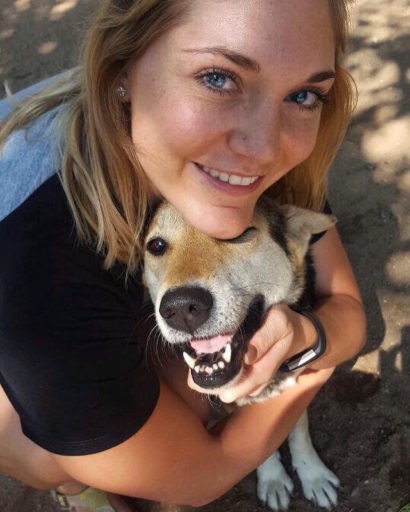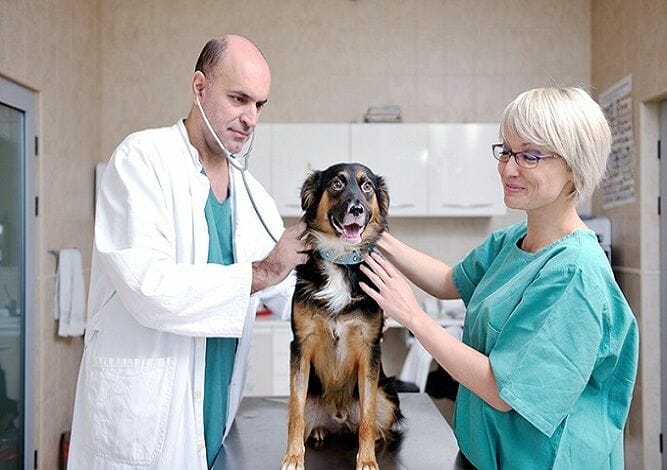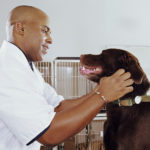What is the most effective chiropractic technique?
You’ve heard that chiropractors can help relieve back pain, but did you know that a chiropractic adjustment can also support your immune system, increase your energy, and speed up your recovery?
The benefits of visiting a chiropractor are well documented, from the physical to the mental and emotional. But how do you know what chiropractic services are right for you?
Read below for a few of the most common chiropractic techniques and how they work.
What Does a Chiropractor Do?
Let’s start with the basics. A chiropractor is a type of health care provider that focuses on diagnosing and treating neuromuscular disorders. They work by manually adjusting or manipulating the spine and other extremities.
Most people seek out chiropractors if they are having neck pain, back pain, or experience challenges with mobility. In addition to physical adjustments, chiropractors may also advise patients to do specific rehabilitation exercises or make lifestyle changes to ensure a healthy spine, which in turn means a healthier self.
Chiropractors most often use their hands when performing adjustments, but they may also use equipment to assist in the process. Each patient’s treatment may be slightly different, but there are a few techniques that all chiropractors are familiar with.

Why is it important to understand adjustment techniques?
Patients should discuss their symptoms and preferences of chiropractic manipulation with their chiropractor first before a treatment plan is assessed.Best Chiropractic Adjustment Techniques for Pain
Following your chiropractor’s specific manipulation styles and treatment methods is essential to restore normal movement patterns.
Being prepared and aware of what to expect not only builds rapport between you and your doctor, but it also gives you control along your path to a fast and healthy recovery.
There are well over 100 types of adjustment techniques used by chiropractors throughout the world, most practices focus on and utilize 8 to 10 different approaches.
Chiropractic Adjustment Techniques To Help With Pain
Instrument-assisted Manipulation- Uses a hand-held instrument that allows your chiropractor to apply force without thrusting into the spine.
The small handheld instrument delivers a gentle impulse force into the spine with the goal of restoring motion to the targeted spinal vertebra or joint.
This method can be used to treat many types of back pain, neck pain, and headaches including both migraine and chronic.
Two advantages of using the instrument-assisted method:
- The first is based on the momentum of the mechanism. The instrument is so fast that the body’s muscles are less likely to resist the treatment and tense in response as the pressure is applied.
- The second is the force is localized and doesn’t add additional twisting or bending movements to the joint.

Flexion Distraction
Chiropractors use the flexion distraction is a technique for several lumbar-spine conditions, including lower back pain, disc injuries, and sciatica.
The goal of this technique is to increase overall spinal motion and fix any disc bulges or herniations. To use flexion distraction, there is a special table that allows the chiropractor to manipulate the position of the patient’s spine. Along with the motion of the table, the chiropractor will use manual techniques to remove pressure from the disc.
The motion also allows for essential nutrients to get into the spinal discs keeping them healthy and functioning properly. This technique helps to reduce pressure on the spinal nerves, which often causes pain or discomfort.
Perhaps one of the most significant benefits of this technique is that it does not cause any pain.
Gonstead Technique
The Gonstead technique, named after its founder, is an adjustment method used to realign the spine. It is known as one of the most precise and effective methods to relieve pain and promote optimal alignment of the spine.
It is a manual (hands-on) technique in which a chiropractor adjusts the lower back or pelvis. It’s done while the patient is lying on his or her side. This position allows the chiropractor to realign joints that could be causing pain, stiffness, or limiting a person’s overall mobility.
This technique is very common among chiropractors, and it taught in nearly all chiropractor education courses.

Diversified Technique
The most popular adjustment among chiropractors is often referred to as the diversified chiropractic technique. When you visit a chiropractor and looking for instant relief from your neck and back pain, this is probably the technique they will use.
This technique is a way to adjust a lumbar disk herniation that causes a majority of back and neck pain. It’s considered the most widely used technique involving very precise hands-on thrusts aimed at restoring proper movement and alignment to the spine.
Logan Technique
The Logan technique is a form of chiropractic adjustment which involves applying pressure on a leverage spot on the sacral bone. This gentle pressure will help to treat muscles of the back and pelvis and realign the bones in the spine, reduce headaches, migraines, release tension and stress in the body.
The chiropractor will then hold this pressure for a few minutes as they use the other hand to rub the back muscles to release tension. This causes the entire spine to move toward balance. The light pressure that is applied allows the muscles to relax. The Logan Basic technique is a very gentle, but extremely effective, chiropractic treatment.
Applied Kinesiology
This type of chiropractic technique mainly focuses on muscles and the bones held in them. In general, it can be categorized as a sports therapy as it is common with those people who engage in sports. There are a wide range of scenarios that will attract this kind of treatment including knee adjustments. The way to achieve this is through massaging and applying pressure on some points. Through this way, the normal functioning of the muscles is achieved. If an athlete is injured, this is the technique which can be used to determine the best possible way of treating them.
Self- Chiropractic
In as much as many doctors are against it, you can also give it a try at home. In this technique, you will only need to apply some ice or heat on the affected area. Also, stretching can help restore flexibility and reduce muscle tightness.



